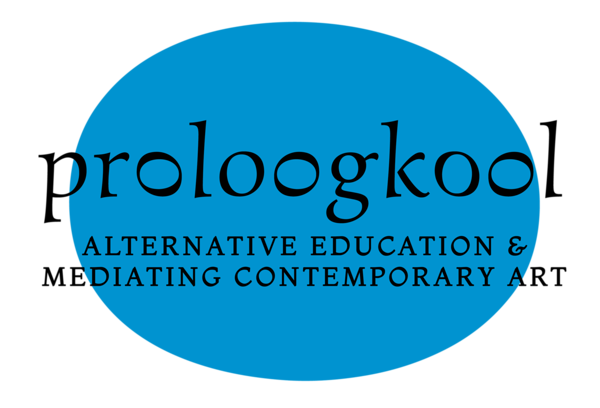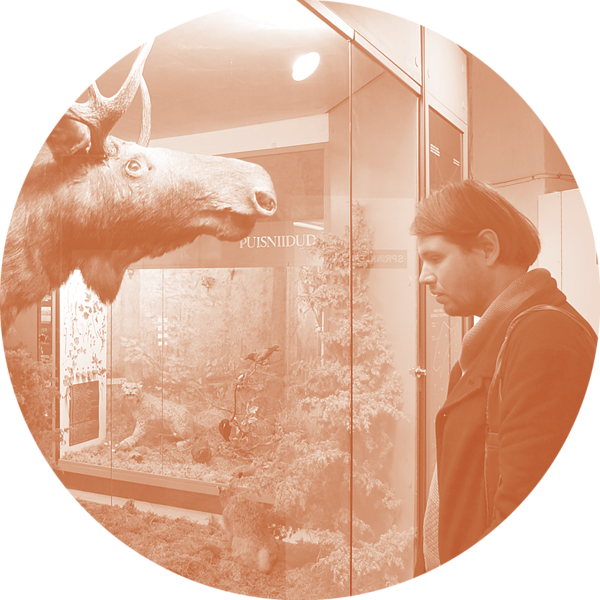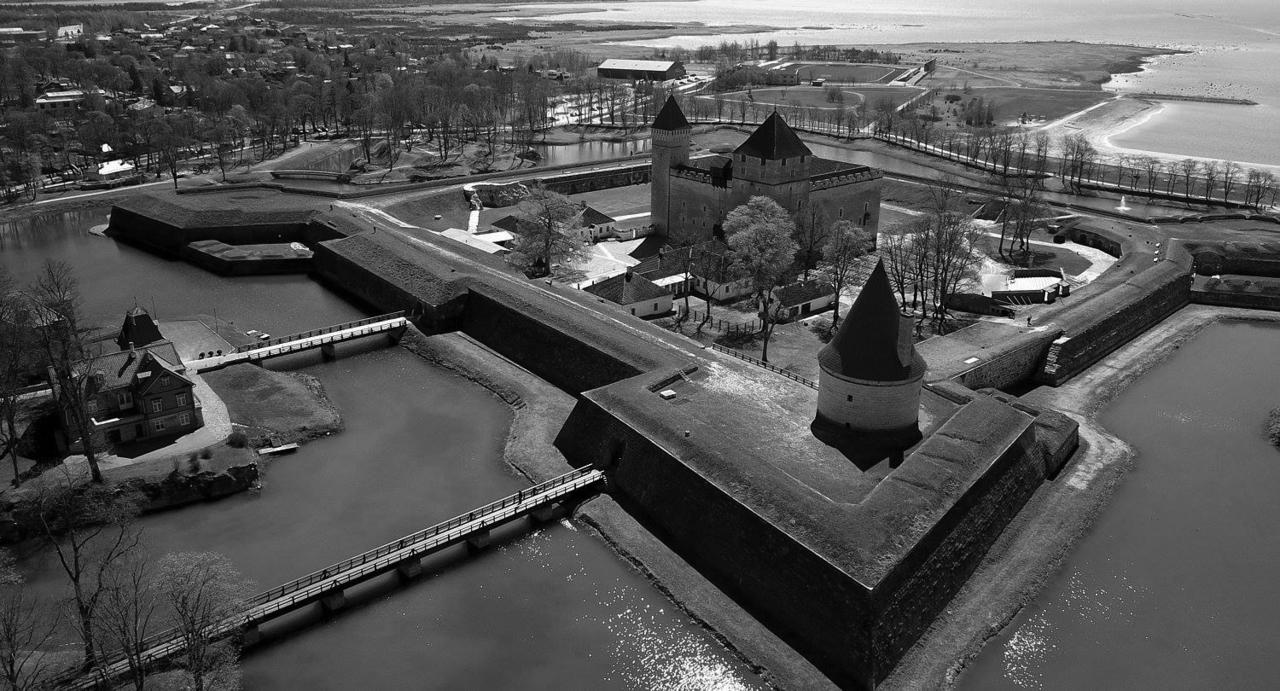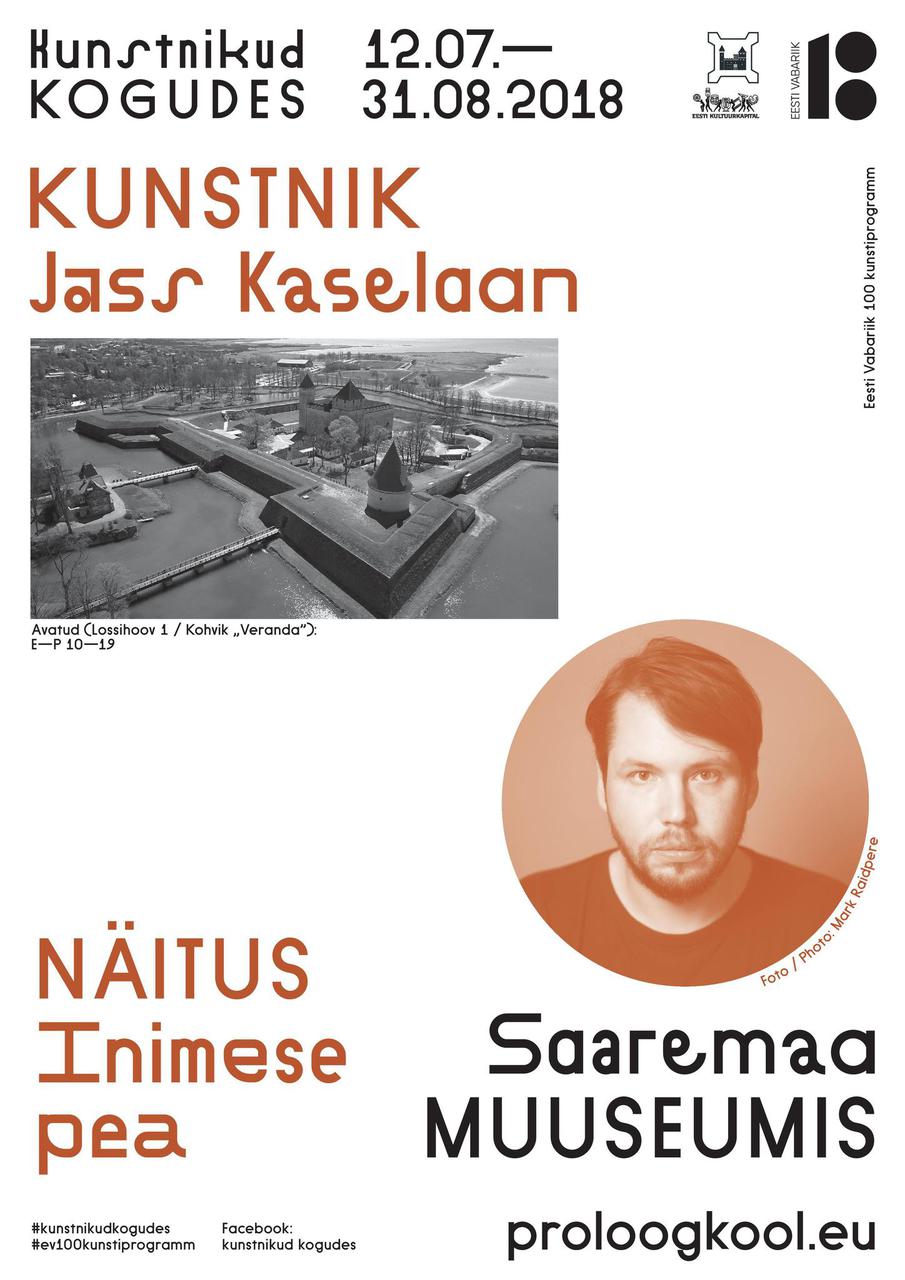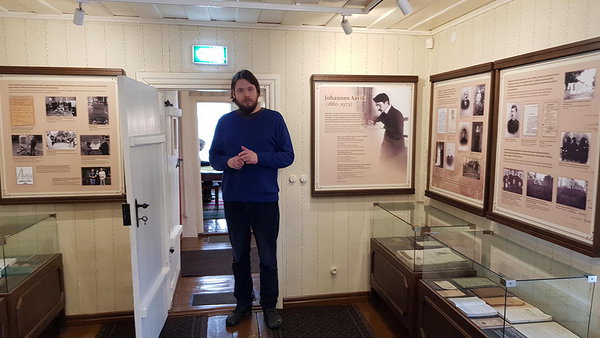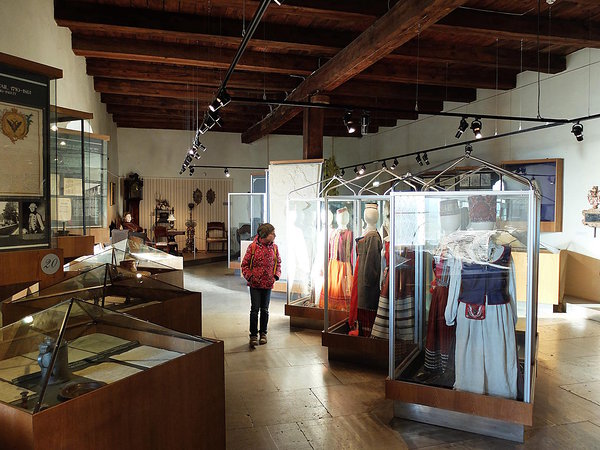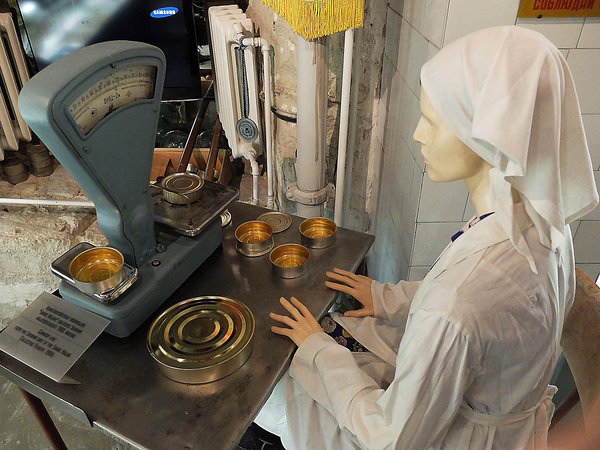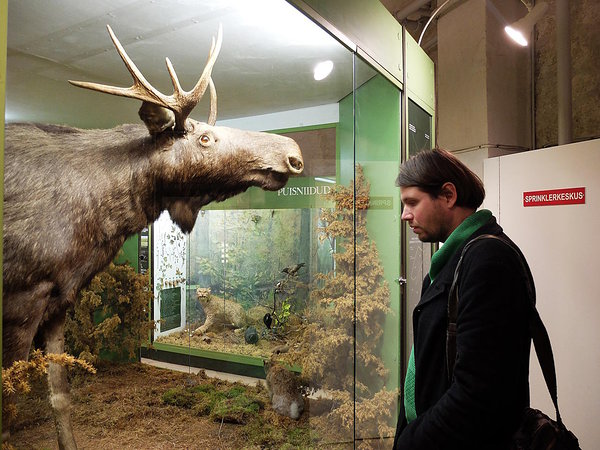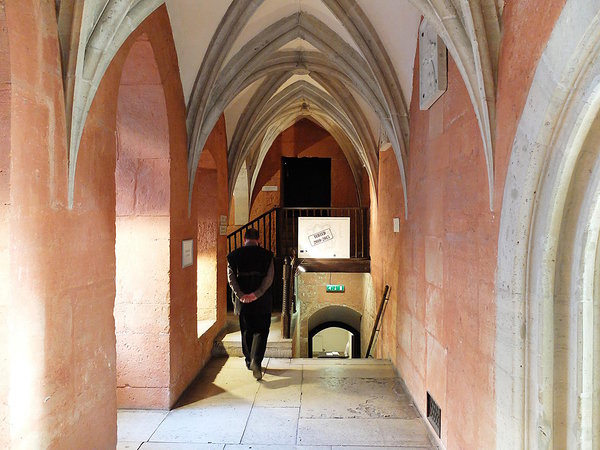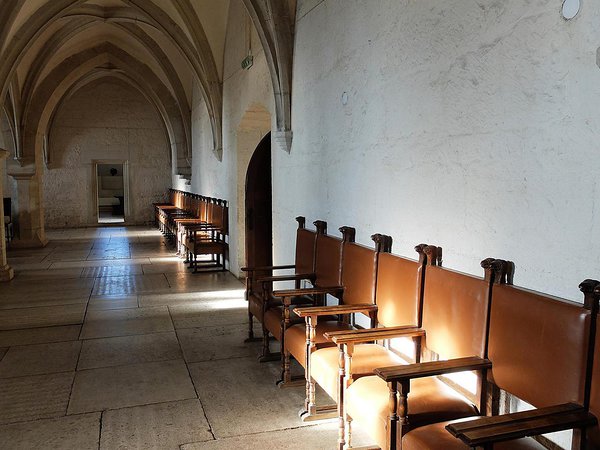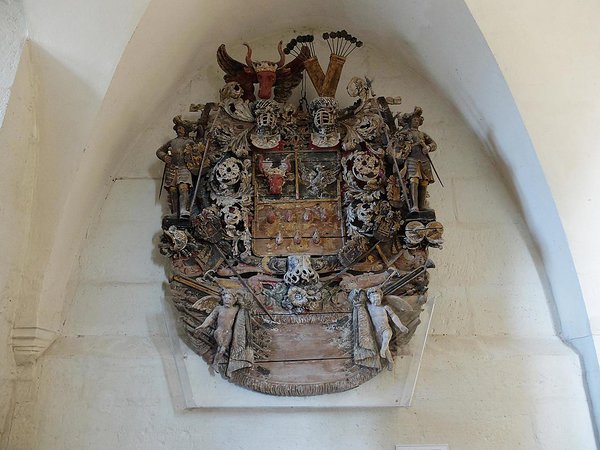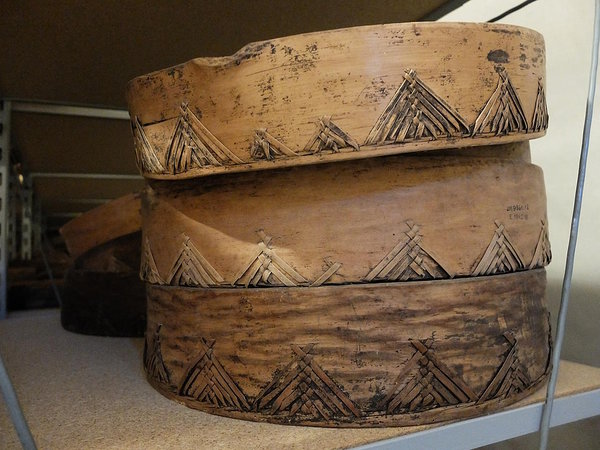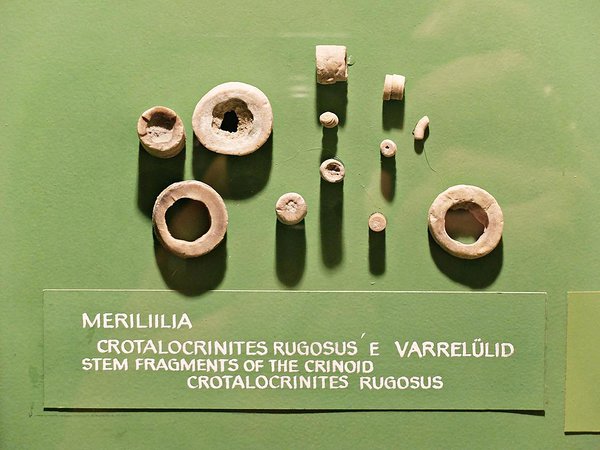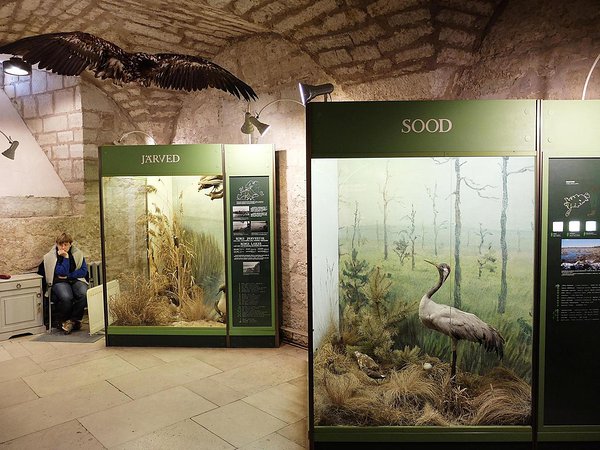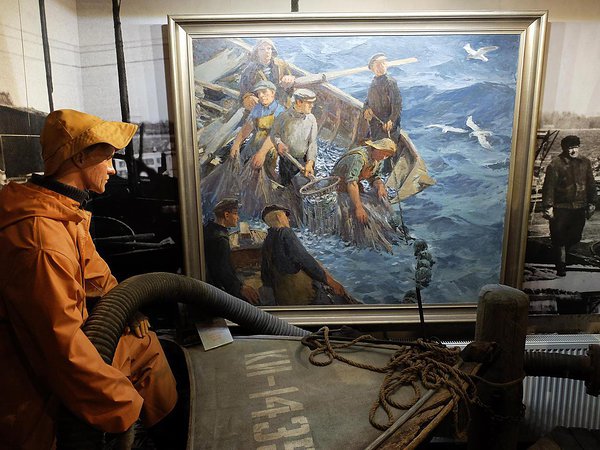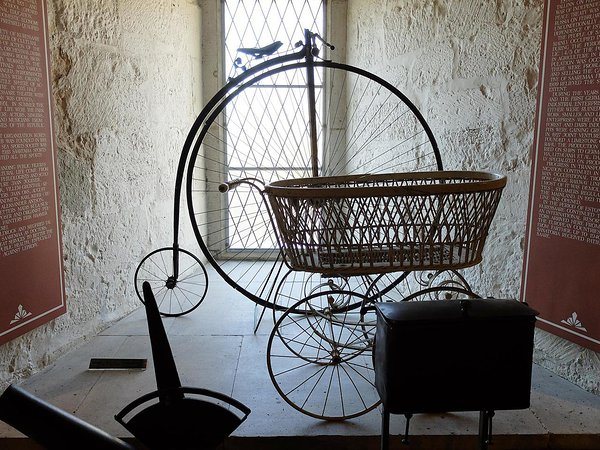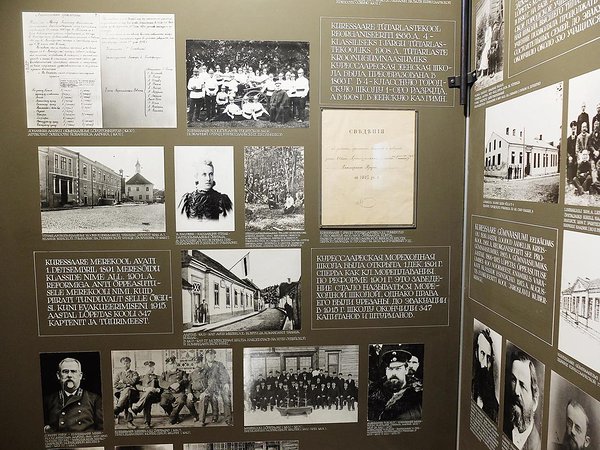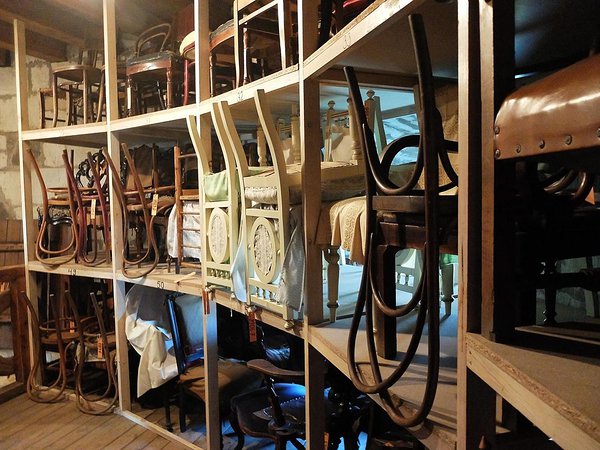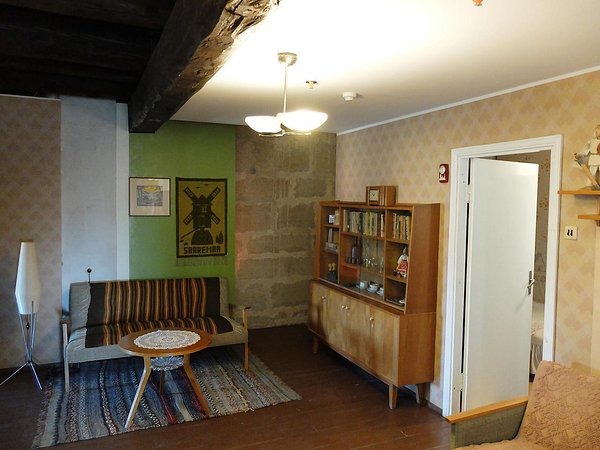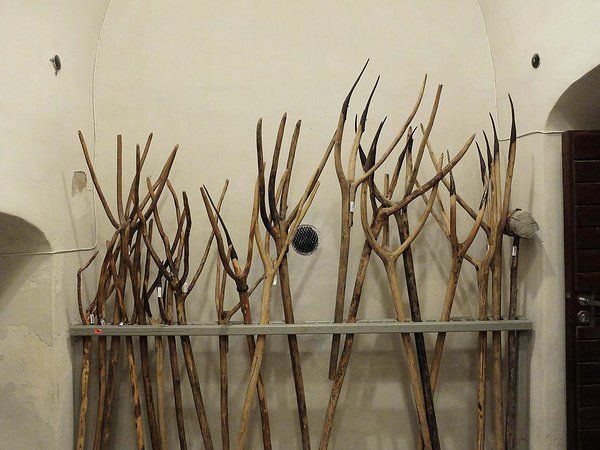Jass Kaselaan + Saaremaa muuseum
"Human head"
12.07.-31.08.2018
During the residency in Saaremaa Museum, artist Jass Kaselaan had the opportunity, as an outsider, to observe and experience the day-to-day routines of one of the oldest museums in Estonia. As a result, he developed a clear vision, almost an image of the museum as a mind filled with diverse memories.
In general, a museum can be seen as a social memory that is similar to human memory in its essence. The exhibits kept in the museum thereby earn the meaning of memories. Memories are essentially mental pictures stored in our mind or on a piece of paper. In the same way, the exhibits are recollections of events, former times, people... Similarly to memories, some exhibits are more important, play a bigger part in self-identification — others are, on the contrary, considered irrelevant.
While familiarizing himself with the collections of the museum, Kaselaan was most fascinated by the exhibits/memories that had been left in the background, forgotten or did not fit any one definition. As a sculptor, what seemed most remarkable to him was an object of dolomite that was found during the archaeological excavations at the site of the Tallinn University of Technology Kuressaare College (TalTech’s Centre for Blue Economy). The form and distinctive features of the object resemble a human head. Obviously, the dolomite object does not date back to ancient times nor is it relevant in a historical or artistic sense making its value as an exhibit dubious from the museum’s perspective.
For the exhibition, Kaselaan created about 100 gypsum copies of the dolomite head, which were exhibited on archival shelves in the auxiliary building of the castle, and to which the artist added enlargements made on the basis of photographs selected from the museum’s collection of people’s faces that could not be detected due to the poor quality of photographs or other causes. The chosen environment and the conceptual juxtaposition of the two media were impressively effective, both of which fall out of the classic “art” definition — on the one hand, an un-modelled object presented in series, on the other hand, a documentary photo.
The artist, being interested in the pastness, took on the role of a memory archaeologist dealing with memory, remembering, defining, forgetting and other generally human phenomena that arise in a concentrated way, especially in the context of a museum.
Jass Kaselaan (1981) graduated from Tartu Art College and acquired a master’s degree in Installation and Sculpture from the Estonian Academy of Arts. He is currently continuing his studies in the Academy’s Department of Animation. Kaselaan’s creative work mostly centres on large-scale sculptural, sound and spatial installations. However, the totality characteristic of his projects is well thought-out to every last detail, always considering the theme and the space chosen for the project. Kaselaan has received the Köler Prize Grand Prix (2014), Kristjan Raud Art Award (2014) and Anton Starkopf Sculpture Prize (2011). He has been one of the recipients of the artist’s salary since 2018.
Saaremaa Museum is one of the oldest (founded in 1865) and biggest museums in Estonia. Kuressaare Episcopal Castle, commonly known as Kuressaare Castle, was founded in the 14th century. Inside the castle is Saaremaa Museum — home to substantial permanent exhibitions of Saaremaa’s nature (in three halls), its older history (in three halls) as well as recent history (in seven halls) and various temporary exhibitions; there are concerts, theatre performances, stylized “bishop’s feasts” and other events held in the castle. The fortress, established between the 14th and 19th century, that surrounds the castle is a distinctive open-air museum of military architecture where one can learn about the development of defensive structures throughout history.Jass Kaselaan's residency took place during 15.–28.02.2018.
The residency was supported by restaurant Arensburg in Kuressaare.
Public programme
12.07 Art Bus from Tallinn
12:00–14:30 Museum of Estonian Architecture’s Open Houses tour in Kuresaare led by architect Mihkel Koppel
15:30 Tour in Saaremaa Museum led by chief treasurer Priit Kivi
17:00 Exhibition opening and artist’s talk
Thank you: Priit Kivi, Garel Püüa, Taniel Vares, Terje Nepper, Estonian Cultural Endowment
Gallery
